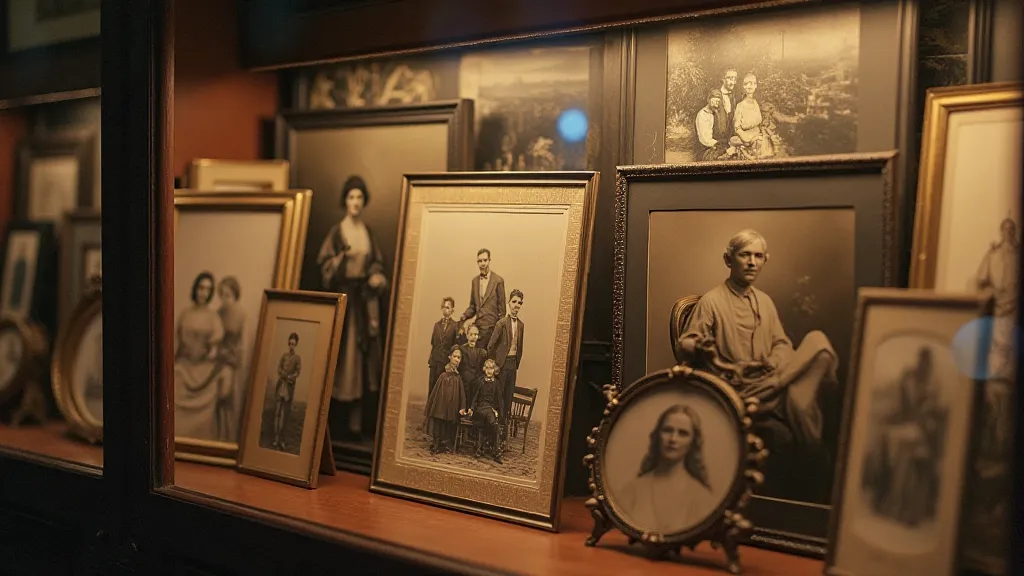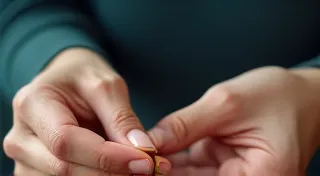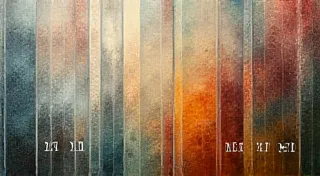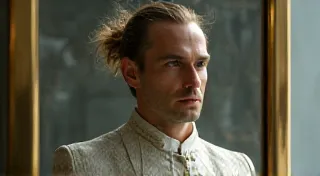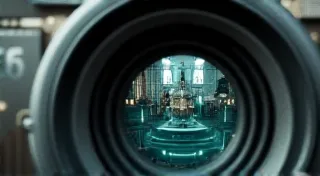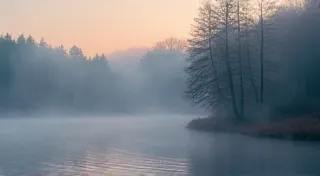The Painter's Secret: Recreating Lost Hues with Modern Techniques
There’s a quiet reverence that settles over me when I hold a truly aged photograph. Not just the tactile sensation of brittle paper and faded emulsion, but a deeper, almost spiritual connection to the moment captured, and the hands that shaped that moment. The Victorian era, in particular, holds a potent allure. The stiff formality, the gravity of expression, the meticulous detail… all amplified by the often monochromatic palette. But that’s not the whole story. Beneath the surface of the monochrome, there often lies a whisper of color, the legacy of a once vibrant – and surprisingly complex – process: hand-tinting.
My own fascination began, as many things do, with a serendipitous discovery. While researching my family history, I unearthed a portrait of my great-great-grandmother. She sat regally, a hint of rose on her cheeks, a subtle blush on her lips, the gleam of ruby in a pendant necklace. It wasn’t a modern color print; it was a delicate, painstaking application of color to a black and white photograph – a Victorian hand-tinted treasure. The experience resonated within me, sparking a desire to understand the artistry and the techniques behind this lost art.
The Monochrome Illusion: Understanding Victorian Photography
To truly appreciate Victorian photography tinting, it's vital to understand the constraints of the period. Photography in the mid-to-late 19th century was a relatively new and expensive endeavor. The early processes – the Daguerreotype, the Calotype, and later the Collodion process – primarily produced black and white images. Color photography, as we know it, was decades away. But the desire for color, for a more truthful representation of the world, persisted. The prevailing aesthetic was one of elegance and idealized beauty; adding subtle color seemed a natural progression.
Imagine being a photographer in that era. You’re reliant on long exposure times, often requiring your subjects to remain perfectly still for minutes. The photographic process itself is chemically demanding and technically challenging. Then, to add color – manually – was an extraordinary commitment. It required immense skill, patience, and a deep understanding of pigments and blending techniques. It was an art form within an art form, often performed by skilled artisans who worked alongside the photographers.
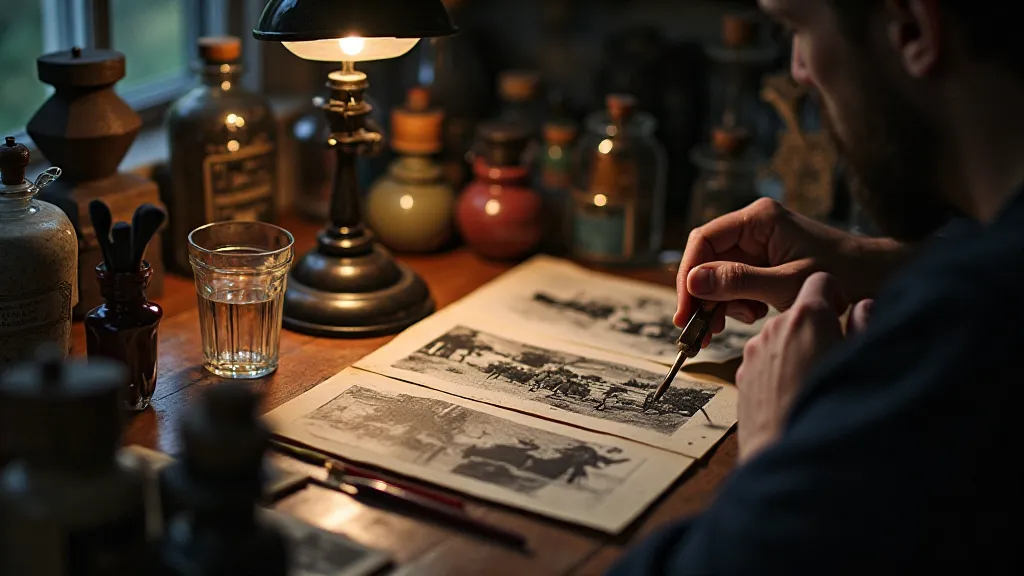
The Palette of a Victorian Artist
So, what tools did these Victorian artists employ? The primary method involved dry pigment application. Artists would use fine brushes to carefully apply powdered pigments directly onto the photographic surface. These pigments were often made from natural sources – minerals, plants, and even insects. Cochineal (derived from insects) provided vibrant reds and pinks, while indigo provided blues. The artists’ ability to blend these pigments—often diluted with gum arabic or other binding agents—determined the subtlety and realism of the color. The paper itself also played a crucial role; its absorbency and texture significantly affected the final result.
Another technique, less common but still practiced, involved watercolor washes. This allowed for smoother gradients and broader areas of color, but required a greater degree of control to avoid damaging the delicate photographic emulsion. Some studios even employed teams of tinting specialists, each responsible for a specific color or area of the portrait. The artistry wasn’t simply about adding color; it was about creating an illusion of life, a whisper of warmth and personality.
Modern Digital Echoes: Recreating the Magic
Fast forward to the 21st century, and the techniques have fundamentally shifted. We have the luxury of digital colorization, powerful software that allows us to add color to black and white photographs with remarkable precision. But the essence of the Victorian art remains, even within the digital realm. While the physical act of applying pigment is absent, the artistic choices – the selection of colors, the blending techniques, the attention to detail – remain the same.
Modern digital colorization isn’t just about slapping colors onto a photograph. It requires careful research, a keen eye for detail, and a deep understanding of the period’s fashion, environment, and cultural norms. One must consider the lighting, the skin tones, the materials—all to create a believable and respectful rendition of the original image. Some modern digital artists even emulate the textures and imperfections of hand-tinted photographs, adding subtle grain and unevenness to their digital creations. It’s an attempt to recapture the very feel of a Victorian original.
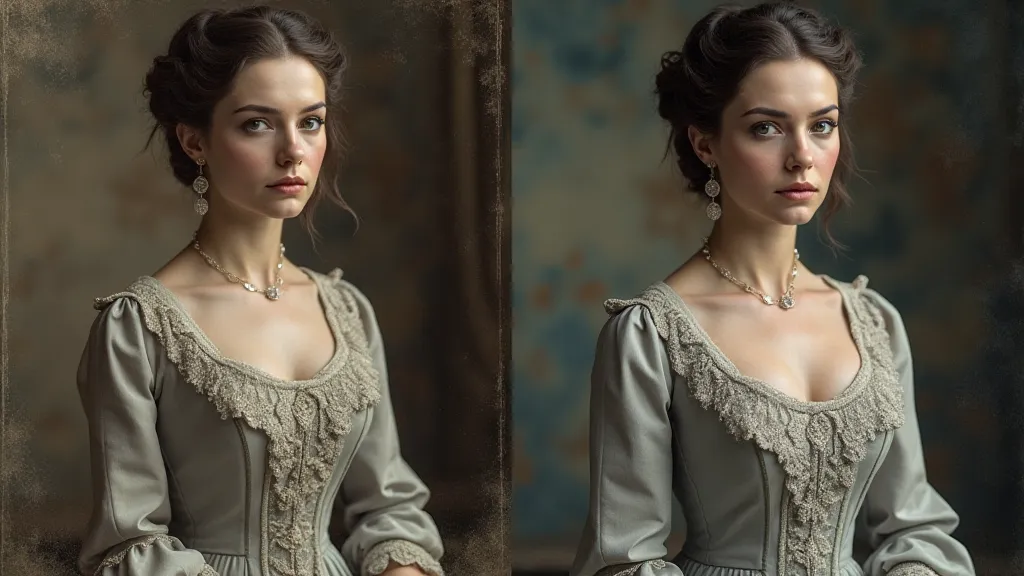
Preserving the Legacy: A Collector's Perspective
For those interested in collecting antique photographs, hand-tinted images represent a particularly valuable and fascinating subset. Authenticity is paramount, of course. Many modern attempts to replicate Victorian tinting exist, and distinguishing them from genuine antiques requires expertise. Look for signs of age – paper discoloration, subtle imperfections in the tinting, and any handwritten notations on the reverse. Understanding the historical context of a photograph – the photographer’s studio, the subjects, the date – can also provide valuable clues.
Beyond the monetary value, however, lies the immeasurable value of preserving a piece of history, a testament to the skill and artistry of those who came before us. Each hand-tinted photograph tells a story—not just of the individuals captured within the frame, but also of the artists who brought them to life in a new and vibrant way.
The Enduring Appeal
The Victorian era continues to captivate us, not just for its formal elegance, but also for the poignant reminder of a time when artistry and technology intertwined. The ability to recreate the lost hues of those bygone days, whether through traditional methods or modern digital tools, is a testament to our enduring appreciation for the human touch. It’s a journey that allows us to connect with the past, to understand the artistry of a forgotten craft, and to appreciate the enduring power of a single, beautifully rendered image. It’s a painter’s secret, revealed and reborn.
